Well, I'm sure I don't need to explain what a theremin is being as you're looking at this page but this one is a little different. It's digital and the sound is "modeled" which may sound a bit 'meh' to some BUT it enables the use of many different sounds rather than just the traditional theremin "spooky space" noise. It features a moog synthesis engine and can produce many different types of tone which, to me, pretty much stands it above the rest of the theremins on the market.
It also features what I can only describe as an "autotune" function that enables the user to dial in a "scale" (many, many are covered) and play from there. The function corrects notes to the nearest in the scale so basically anyone can enjoy playing the instrument instead of having to take a great deal of time to "learn" hand positions etc. You can vary how extreme this effect is from very subtle to obviously stepped tones and everything in between (it's controlled via a dial so the transition between soft/none and harsh/strong is very smooth and there's plenty of space inbetween)
The "look" of the instrument is very "lost in space", a kind of flattened pill sort of look. It's cast in plastic and feels light/not particularly sturdy but being as you're not really meant to touch it much this isn't a problem. The functionality is there and that's the most important thing. It also has a small speaker on top which you can use without plugging anything else in, which is handy, although it is quite quiet. I would definitely suggest plugging it into something but if you want to play around in a "portable" manner then this facilitates taking it from room to room. Also, perhaps worthy of note, because the speaker isn't too loud it removes the "annoyance" aspect of trying to practice this interesting instrument with others in nearby rooms or within earshot, so it could be handy for parents to buy for their kids to keep them entertained. It's a nice afterthought, anyway, and reminded me a little of the Korg Volca inbuilt speakers. Not great but certainly good for immediate out the box playability.
The setup is reasonably simple and you can re-calibrate whenever you like. This is handy as it lets you vary the distance you need to be from the unit to get the lowest note. I've found having a reasonably large range is preferable, especially if playing without the "scale correction" (autotune) as you have more space for each tonal area.
The ONLY quibble I have with this unit is that the "out the box" firmware seems somewhat twitchy. I'm not sure if Moog have upgraded it on later units but I had to flash the firmware using a tool and an updated firmware from their site then communicate with them directly to get a prototype firmware (which has probably been made public by now, to be fair) which fixed my display. The display was glitching/jittering up and down sometimes but this has since been fixed. Hopefully they are shipping all units with this firmware now but be advised that it's definitely worth using the upgrade/firmware tool to check yours and update if required.
Ultimately this is a very reasonably priced unit with MORE features than units twice the price. Aesthetics may not please everyone but theremins aren't the most pretty things at the best of times and what this one does with different presets, scale correction and inbuilt effect (there's a delay onboard, too) more than make up for that.
Recommended for new and old theremin fans alike.



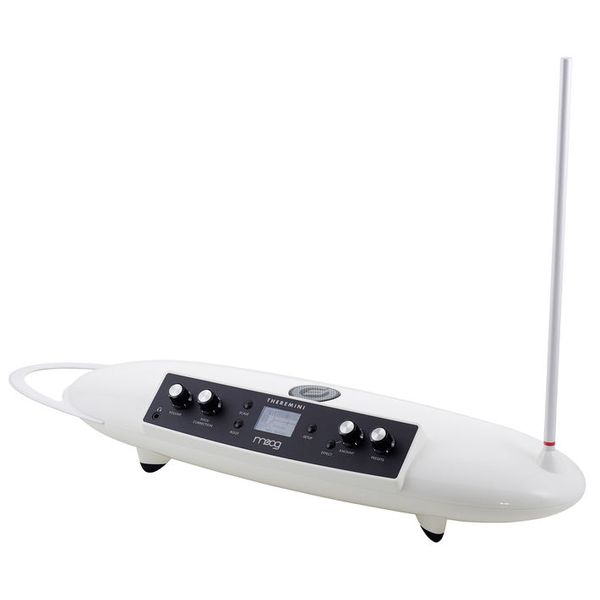
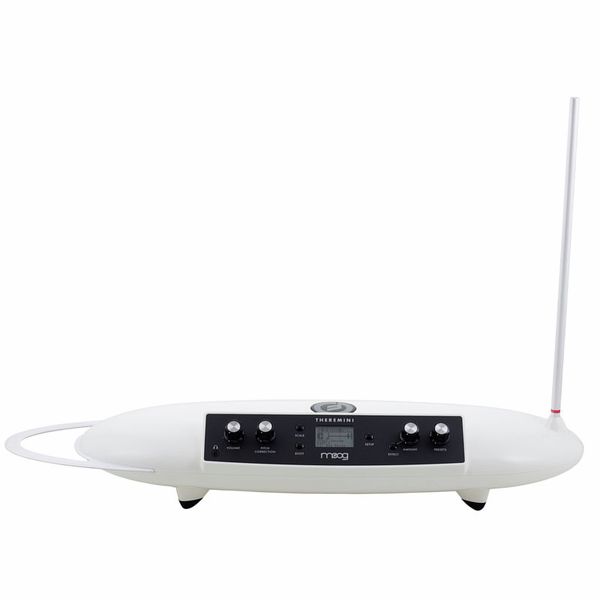
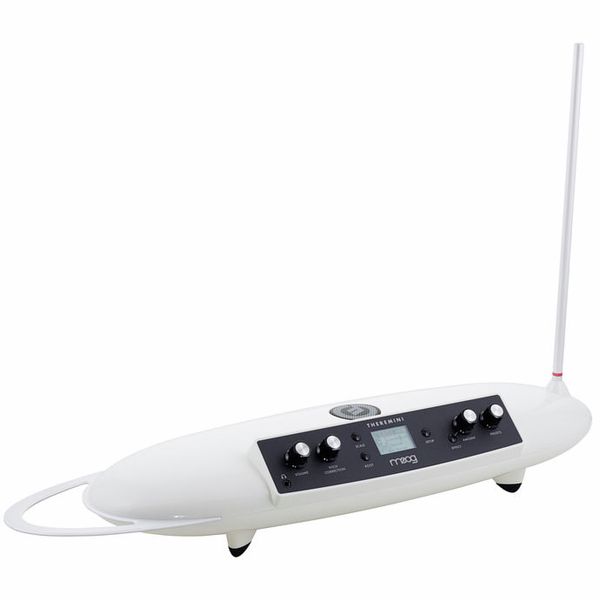
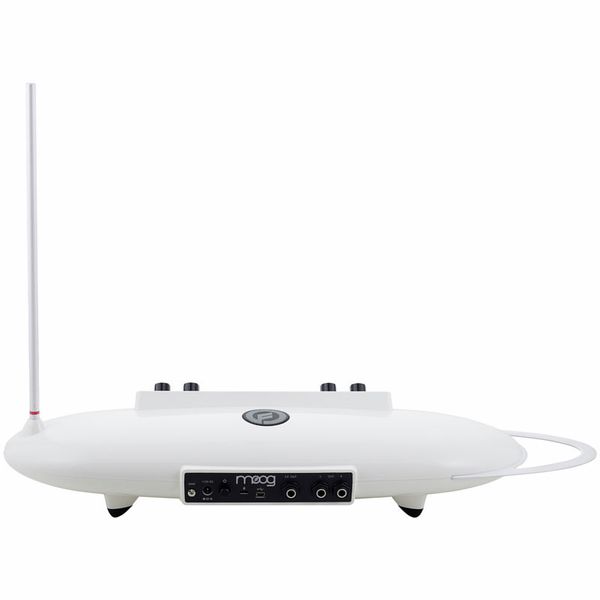
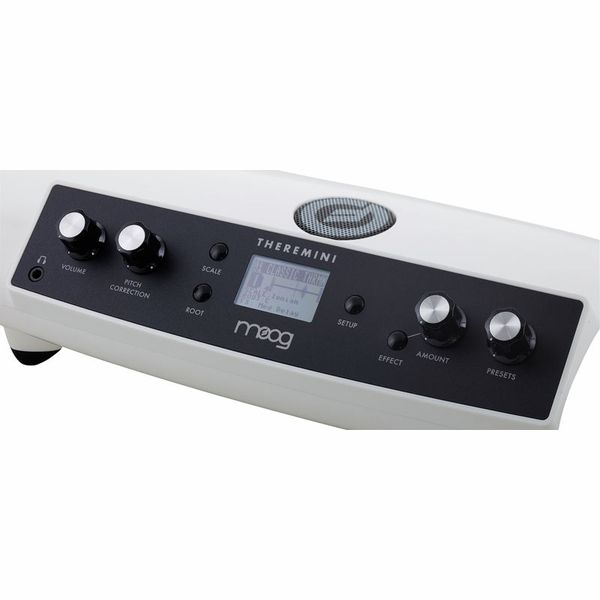
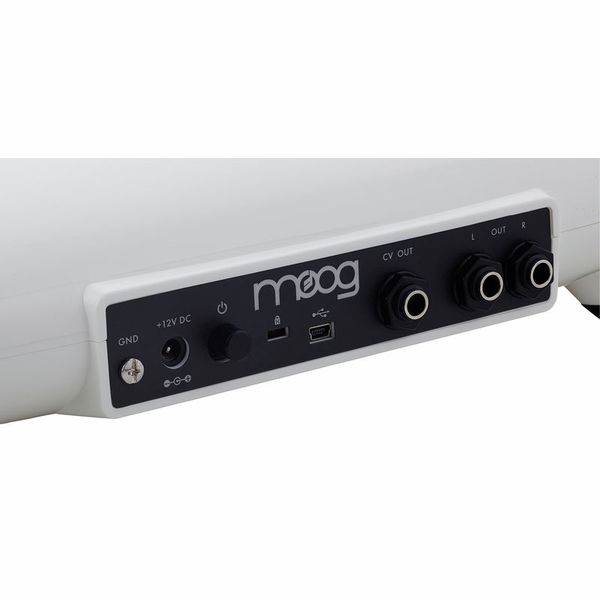

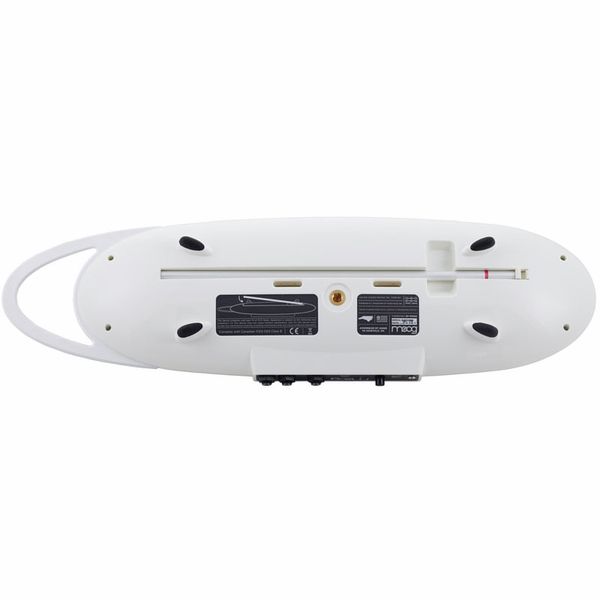









)
)
)
